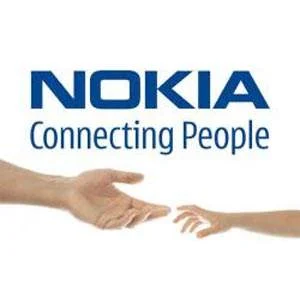After previously thinking it would break even this quarter, Nokia is now predicting a 3% loss.
The company attributed this to a quicker-than-expected dropoff of its Symbian platform, its legacy smartphone operating system that is being phased out.

For Nokia, though, it still expected that the Sybmian platform would be around for a little while, giving it a comfortable cushion while it was in a state of transition.
Instead, what’s happened is that Symbian users have been dropping like flies, leaving Nokia scrambling to get the ball rolling on its other initiatives.
A 3% decline in its devices and services division would not be terrible, and actually the fact that it’s not worse is a testament to how much the company has done to turn itself around.
Nokia decided to switch its smartphone strategy to start using Microsoft’s Windows Phone platform. Its goal was, instead of using the cheaper and much more successful Android platform, it wanted to define Windows Phone.
And it has done that. The Lumia brand became the top-selling Windows Phone product line last year, but a lot of that can be attributed to the fact that it was a brand new, shiny phone and also because there was very little Windows Phone competition.
The challenge for Nokia is to continue that momentum. The Lumia 900 just launched to glorious fanfare, but it does not appear that customers flocked to the store to grab the latest Lumia device.
For now, though, Nokia has nothing bad to say about Lumia. It’s blaming this decreased forecast on Symbian, but there’s no doubt that it is worrying about keeping Lumia viable in the long term.






